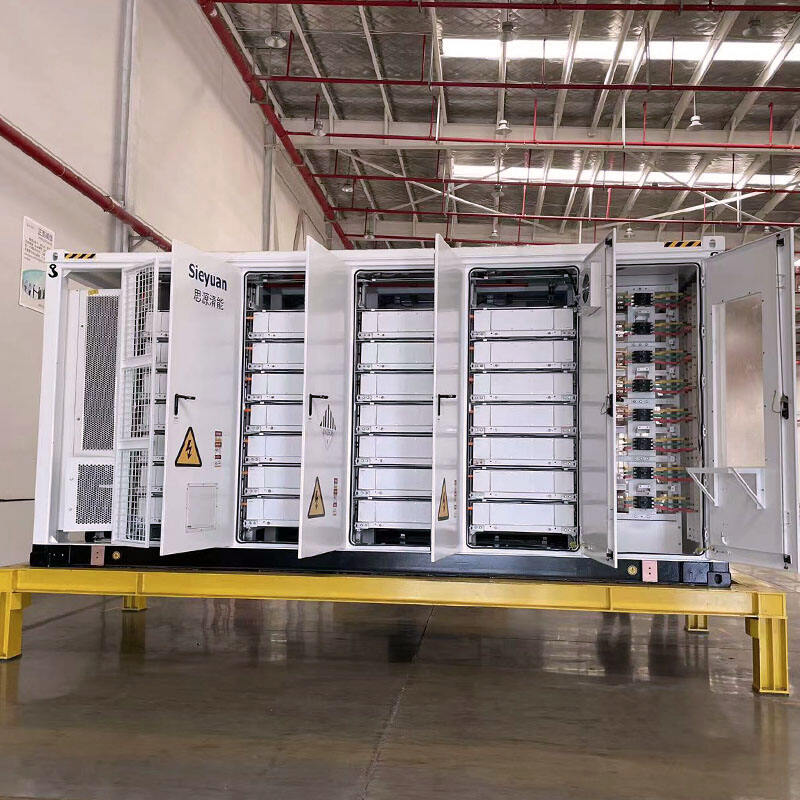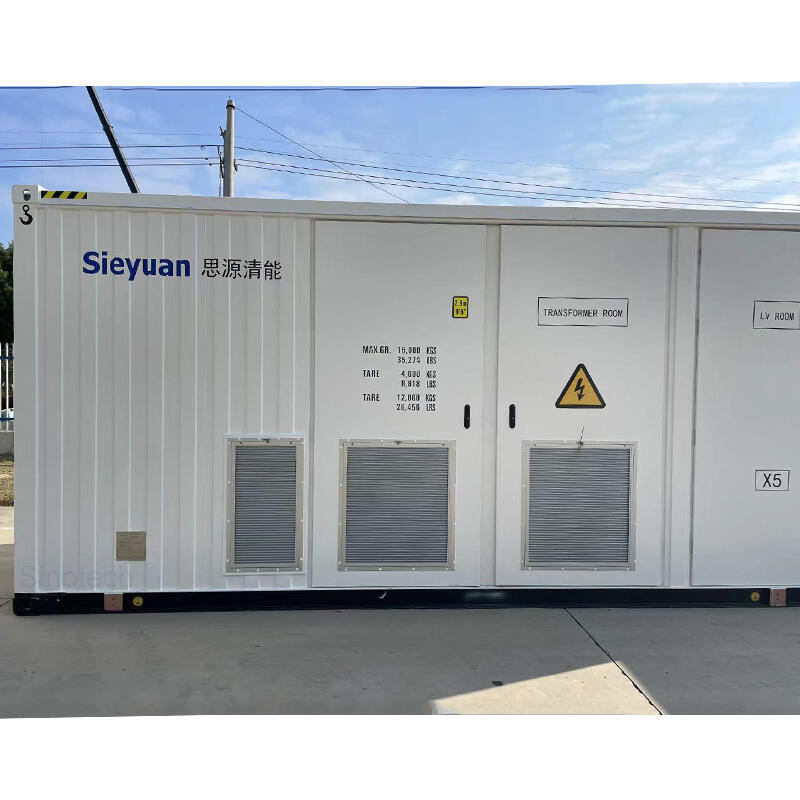energy storage vs traditional power highlights key differences in how energy is managed, delivered, and sustained across electrical systems. Traditional power relies on centralized generation—fossil fuel or nuclear plants—and real-time grid distribution, requiring constant balance between supply and demand to avoid outages. In contrast, energy storage systems store excess energy for later use, decoupling generation from consumption and providing flexibility. energy storage vs traditional power shows that storage enhances reliability by offering backup during peak demand or generator failures, whereas traditional power depends on spinning reserves that are slower to respond. From an efficiency standpoint, energy storage reduces transmission losses by enabling localized energy use, while traditional power incurs losses over long-distance grid transport. Renewable integration is another contrast: energy storage complements variable sources like solar/wind, while traditional power relies on dispatchable fossil fuels. Cost dynamics differ too—energy storage has declining upfront costs and lower operational expenses, while traditional power faces fuel price volatility and emission-related costs. energy storage vs traditional power underscores a shift toward decentralized, flexible systems that support sustainability and resilience.


